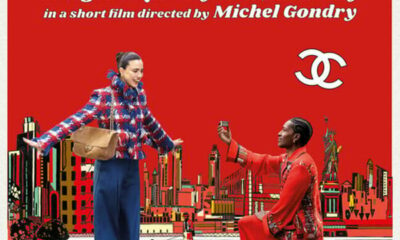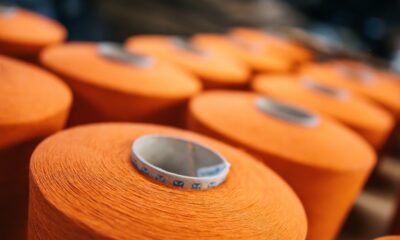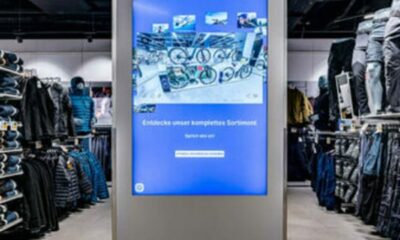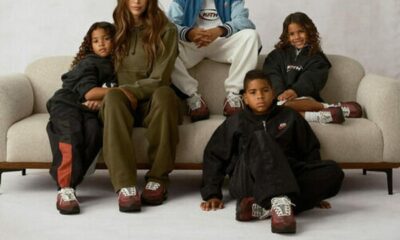Fashion
Nike eyes China growth, with outdoor sports revamp at the centre
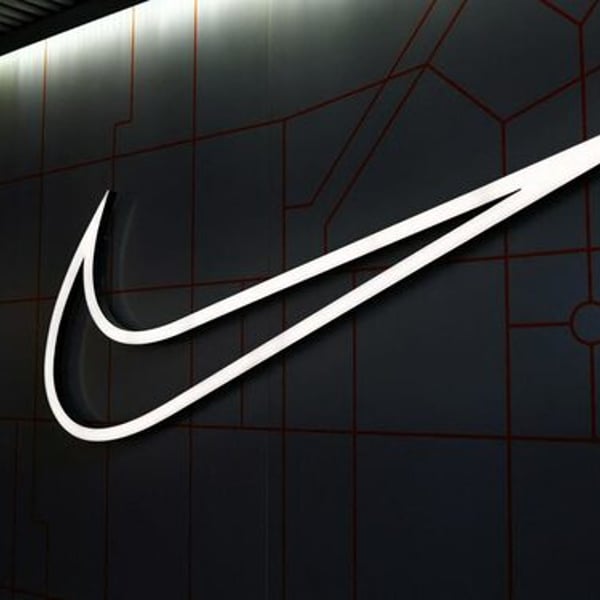
By
Reuters
Published
August 22, 2025
Nike‘s push into the booming outdoor recreation market- which will kick off on Monday with the launch of a new trail running shoe- will test whether it can turn a little-known sub-brand into a meaningful growth engine.
The sportswear giant plans to unveil a version of its Ultrafly trail running shoe – branded under its outdoor sub-brand, ACG – at the Ultra-Trail du Mont-Blanc, an ultramarathon in France that begins on Monday, Nike spokesman Jay Paavonpera said.
It is part of Nike’s push to reposition ACG as a serious player in performance trail running. More broadly, the move is in line with CEO Elliott Hill’s strategy to refocus the Nike brand around core sports like running at a time when its dominance is being challenged by smaller rivals.
Nike is playing catch-up in both outdoor recreation, which has surged since the pandemic, and in China, where the populace has taken to outdoor activities like trail running in a big way. The company’s lagging performance in both markets goes some way toward explaining why its share of the global sportswear market has ebbed in recent years, analysts said. Outdoor recreation includes a range of activities including hiking and camping.
Nike-sponsored runners like Anthony Costales will race in the shoe, dubbed the ACG Ultrafly, which is set to hit shelves in spring 2026, Nike said. A similarly rebooted, ACG-branded version of the Zegama trail runner will launch later in 2025.
Brands like Salomon and Hoka “have broken out and done well” in trail running, said Morningstar analyst David Swartz, and “Nike needs to fight back.”
Doing it with ACG – short for All Conditions Gear – will not be easy. The unit, which debuted in 1989 with a focus on hiking and biking, is now associated with “gorpcore,” a fashion trend that incorporates functional gear into stylish wardrobes. It is usually relegated to a shelf or two at Nike stores, often next to “a picture of a guy walking up a mountain, or something like that,” said Swartz.
But with China and ACG, Nike may be playing a long game as it plans to expand its businesses across that market. It established its ACG team as a sub-brand in October and put Angela Dong, vice president for all of Greater China, in charge of the unit. In June, Hill said its biggest opportunity in China is “from a brand perspective, to inspire and invite the 1.3 billion consumers into the world of sport, lifestyle sport and to fitness.”
Sales of outdoor apparel nearly doubled in China between 2019 and 2025, with outdoor footwear ticking up 65% over the same period, according to Euromonitor International data. Nike, though, has logged double-digit sales declines in China in each of the last three quarters.
“China has remained a challenging market for Nike,” wrote Zacks Equity Research. The company has faced heavy competition in China from other retailers, and the nation’s own economic struggles and high youth unemployment have inhibited spending. Nike’s share of the global sportswear market has fallen to 26% from 29% in 2021, according to Euromonitor, as competitors like Hoka, the title sponsor of the Ultra-Trail du Mont-Blanc, use trail running to fuel growth. That company’s shoes were also once a niche brand before going mainstream, Swartz said.
Launching at a Hoka-sponsored event may be Nike’s attempt to steal some of its rival’s thunder, said Jessica Ramirez, co-founder of retail industry consultancy the Consumer Collective. It is a way for Nike to “flex its financial muscle” over smaller brands, Ramirez said.
© Thomson Reuters 2025 All rights reserved.
Fashion
Chanel debuts A$AP Rocky as ambassador, with Margaret Qualley teaser video
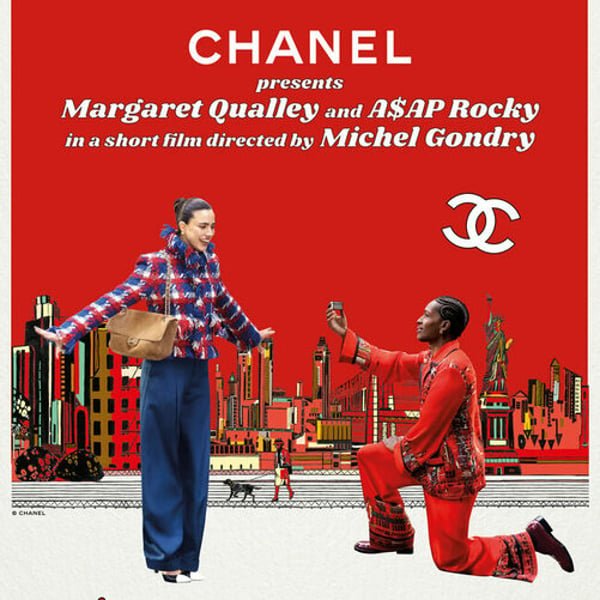
Published
November 30, 2025
Chanel has appointed A$AP Rocky as a new brand ambassador and debuted his tenure with a teaser video shot in New York co-starring Margaret Qualley.
The video appeared Sunday just 48 hours before Chanel’s couturier Michel Blazy will stage his debut collection of Métiers d’Art also in New York. It’s a unique line first created by Karl Lagerfeld that highlights the unique stable of artisans Chanel has assembled in such skills as embroidery, pleating, glove-making and costume jewelry.
Directed by Michel Gondry, the 2.49-minute short opens with the stars waking up in the bed of a walkup apartment in Williamsburg. Where, after a quick peck on her lover’s forehead, Qualley disappears into a tiny bathroom, before magically changing out of her blue nightie and reappearing in a red, white and blue houndstooth Chanel jacket, paired with pale blue pants, her hair in a chignon.
https://www.youtube.com/watch?v=live
No sooner than she has disappeared, than A$AP leaps out of bed and descends the tenement building’s outside steel stairs and sets off on a mad dash after Qualley. This leads to him swimming under the Brooklyn Bridge, and running north through the Lower East Side, before finally catching up with Qualley at Astor Place station. All the action backed up my moody ambient music courtesy of Le Motel.
In between, the rapper and husband of Rihanna, manages to find time to stop in two discount stores to acquire pants and a blazer. Arriving just in time, to genuflect onto one knee, and hold out a small white Chanel box, containing one assumes a diamond engagement ring, at the station entrance. The sight of which leads the actress to leap into the air in paroxysm of joy, before the happy couple march arm and arm back into the subway.
And off one assumes to attend the Métiers d’Art show, which will be revealed on Tuesday, 8 p.m. NYC time.
Copyright © 2025 FashionNetwork.com All rights reserved.
Fashion
Canada’s Lululemon revamps commercial strategy with new global leader
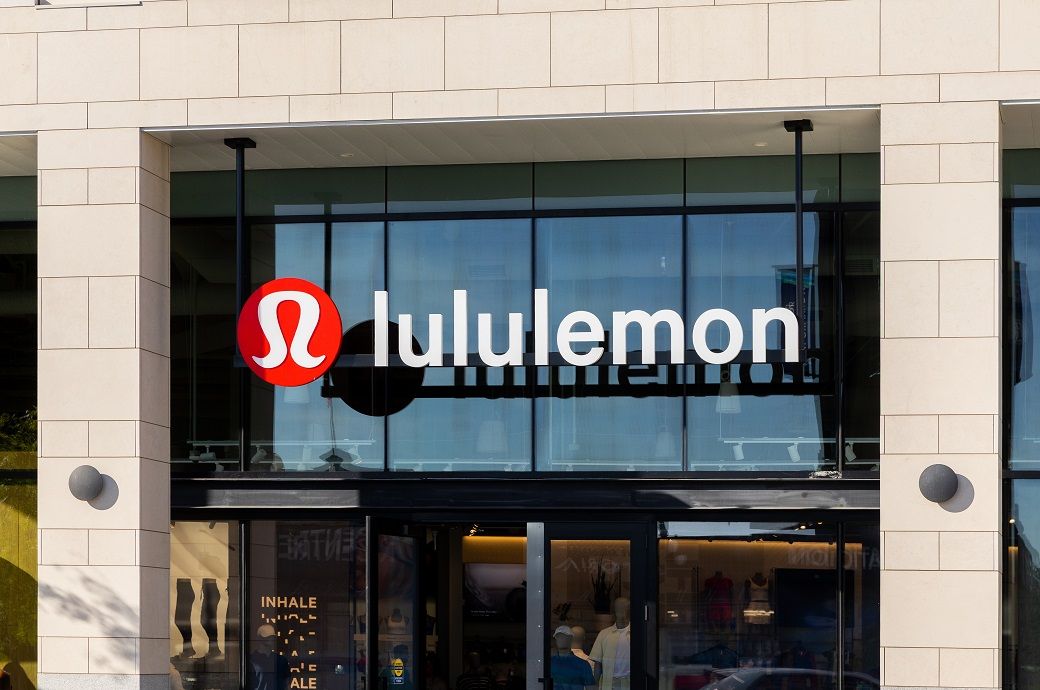
Ms. Burgoyne joined lululemon in 2006 and became the company’s first President in 2020. Throughout her tenure, she has assumed roles of increasing responsibility and led the North America business through periods of rapid growth and expansion.
Lululemon Athletica has announced that Celeste Burgoyne, president of the Americas and global guest innovation, will leave at the end of December 2025 after 19 years with the brand.
The company will consolidate regional leadership and has appointed André Maestrini as president and chief commercial officer, giving him global oversight of stores, regions, digital channels and commercial strategy.
“We are grateful for Celeste’s leadership and significant contributions to lululemon’s business and culture over the past 19 years. She has been instrumental in growing our footprint in the Americas, creating high-quality guest experiences, and mentoring our teams across the organization,” said Calvin McDonald, Chief Executive Officer, lululemon. “I deeply appreciate her partnership and friendship, and we wish her all the best in the future.”
“My time at lululemon has been both inspiring and rewarding beyond belief,” said Ms. Burgoyne. “I am so proud of what we have accomplished as an organization since I joined in 2006 and know the team will take the company to even greater heights in the years to come. I look forward to continuing to support the brand as a lifelong fan.”
In conjunction with this announcement, lululemon has made the decision to consolidate regional leadership across the company and appoint André Maestrini as President and Chief Commercial Officer, effective immediately. Mr. Maestrini will continue to report directly to Mr. McDonald.
In this newly created role, Mr. Maestrini will provide integrated oversight of all of lululemon’s regions, stores, and digital channels globally. He will also oversee lululemon’s global commercial strategy with a focus on continued market expansion, revenue generation, and accelerating best practice sharing, across all regions including North America.
Mr. Maestrini joined lululemon in 2021 as Executive Vice President of International. In his current role, he has overseen lululemon’s operations in EMEA, APAC, and China Mainland, and has helped to more than quadruple lululemon’s international revenues.
“André has demonstrated a proven ability to unlock opportunities, advance our global expansion, and deliver growth across multiple markets,” said Mr. McDonald. “Leveraging operational discipline, deep guest insights, and extensive brand-building experience, André is the ideal person to lead our business across all markets, including North America, as we remain focused on delivering value for our guests, employees, and shareholders.”
Before joining lululemon, Mr. Maestrini spent 14 years at adidas in various senior roles across the globe. During this time, he served in a number of General Manager positions where he helped grow the company’s global sports categories and regional markets. Prior to adidas, Mr. Maestrini held marketing roles at The Coca-Cola Company, Danone, and Kraft Jacobs Suchard.
Note: The headline, insights, and image of this press release may have been refined by the Fibre2Fashion staff; the rest of the content remains unchanged.
Fibre2Fashion News Desk (RM)
Fashion
India’s growth expected to be robust despite external headwinds: IMF
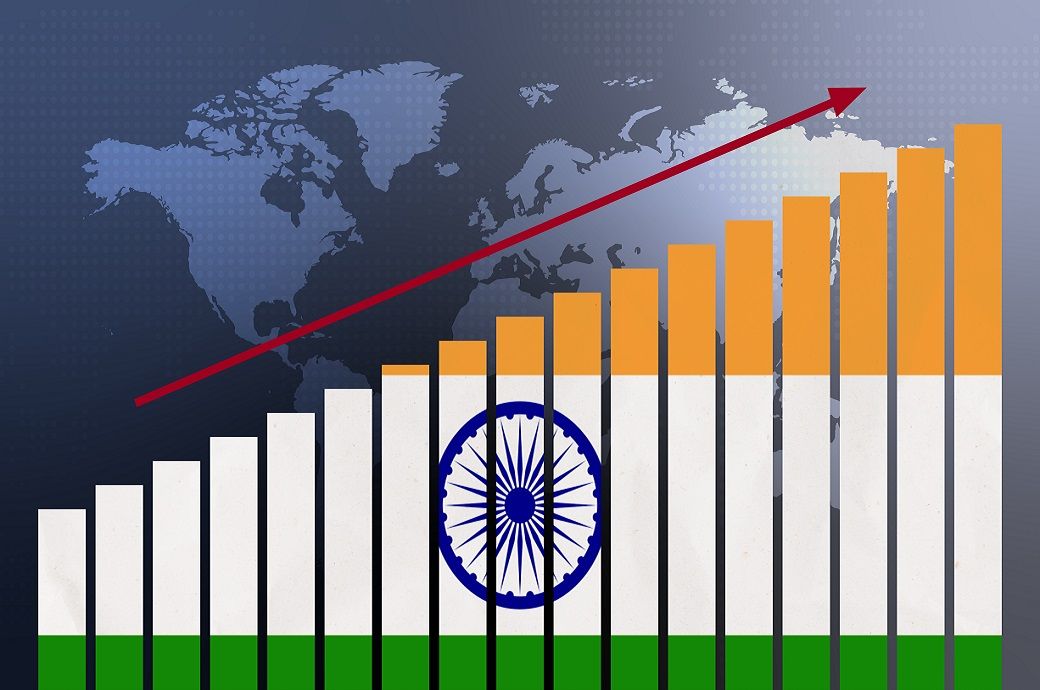
Under the baseline assumption of prolonged 50-per cent US tariffs, India’s real gross domestic product (GDP) is projected to grow at 6.6 per cent in fiscal 2025-26 (FY26) before moderating to 6.2 per cent in FY27, the IMF said.
The reform of the goods and services tax (GST) and the resulting reduction in the effective rate are expected to help cushion the adverse impact of tariffs.
Despite external headwinds, India’s growth is expected to be robust, backed by favourable domestic conditions, the IMF has said.
Assuming prolonged 50-per cent US tariffs, FY26 real GDP may grow at 6.6 per cent before moderating to 6.2 per cent in FY27.
Further deepening of geo-economic fragmentation could lead to tighter financial conditions, higher input costs and lower trade, FDI and economic growth.
Headline inflation is projected to remain well contained, reflecting the one-off effect of the GST reform and continued benign food prices, it remarked in a release.
Looking ahead, India’s ambition to become an advanced economy can be supported by advancing comprehensive structural reforms that enable higher potential growth, the IMF noted.
There are significant near-term risks to the economic outlook. On the upside, the conclusion of new trade agreements and faster implementation of structural reform domestically could boost exports, private investment and employment.
On the downside, further deepening of geo-economic fragmentation could lead to tighter financial conditions, higher input costs and lower trade, foreign direct investment (FDI) and economic growth.
Unpredictable weather shocks could affect crop yields, adversely impact rural consumption and reignite inflationary pressures, the IMF added.
Fibre2Fashion News Desk (DS)
-

 Sports7 days ago
Sports7 days agoWATCH: Ronaldo scores spectacular bicycle kick
-

 Entertainment7 days ago
Entertainment7 days agoWelcome to Derry’ episode 5 delivers shocking twist
-

 Politics7 days ago
Politics7 days agoWashington and Kyiv Stress Any Peace Deal Must Fully Respect Ukraine’s Sovereignty
-

 Business7 days ago
Business7 days agoKey economic data and trends that will shape Rachel Reeves’ Budget
-

 Tech5 days ago
Tech5 days agoWake Up—the Best Black Friday Mattress Sales Are Here
-

 Fashion7 days ago
Fashion7 days agoCanada’s Lululemon unveils team Canada kit for Milano Cortina 2026
-

 Tech5 days ago
Tech5 days agoThe Alienware Aurora Gaming Desktop Punches Above Its Weight
-

 Politics7 days ago
Politics7 days ago53,000 Sikhs vote in Ottawa Khalistan Referendum amid Carney-Modi trade talks scrutiny




